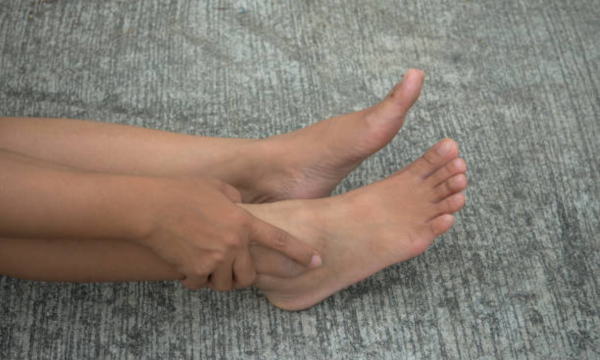Dealing with ankle and heel pain can be a real drag, stopping you from enjoying your daily activities or hitting your fitness goals. But, what if you could find relief and get back on your feet without the frustration? This guide is here to shine a light on effective, simple strategies to kiss that pain goodbye. From practical home remedies to smart lifestyle changes, we’ll show you how to tackle the root cause and find comfort. Get ready to rediscover the joy of movement, pain-free. Let’s dive into the world of solutions that await!
How to Get Rid of Ankle and Heel Pain
Ankle and Heel Pain

Ankle and heel pain encompasses a range of discomforts affecting the lower foot region. It can stem from various causes, including overuse injuries, improper footwear, and underlying medical conditions.
Common Causes
- Plantar Fasciitis: Characterized by sharp pain in the heel, especially noticeable in the morning.
- Achilles Tendinitis: Involves inflammation of the Achilles tendon, leading to pain at the back of the ankle.
- Sprains and Strains: Result from overstretching or tearing ligaments and tendons.
- Arthritis: Osteoarthritis and rheumatoid arthritis can affect the ankle and heel, causing pain and stiffness.
Preventive Measures
Proper Footwear
Wearing the right shoes is crucial for preventing ankle and heel pain. Opt for footwear that provides ample support, cushioning, and fits well. Avoid high heels and shoes with inadequate support.
Regular Stretching
Incorporate stretching exercises targeting the foot, ankle, and calf muscles into your daily routine. This can enhance flexibility and reduce the risk of injuries.
Treatment Options
Rest and Ice
For immediate relief, rest the affected area and apply ice packs to reduce inflammation and pain. Avoid activities that exacerbate the discomfort.
Physical Therapy
A physical therapist can design a personalized exercise program to strengthen the muscles around the ankle and improve flexibility. This approach not only alleviates pain but also prevents future occurrences.
Orthotic Devices
Custom or over-the-counter orthotic devices can provide additional support and correct structural abnormalities contributing to the pain.
Medication
Nonsteroidal anti-inflammatory drugs (NSAIDs) can help manage pain and reduce inflammation. Always consult with a healthcare provider before starting any medication.
Surgery
In cases where conservative treatments fail to provide relief, surgery might be necessary. The type of surgery depends on the underlying cause of the pain.
Lifestyle Modifications
Weight Management
Maintaining a healthy weight can reduce the stress on your ankles and heels, alleviating pain and preventing further issues.
Nutrition
A diet rich in calcium, vitamin D, and anti-inflammatory foods can support bone health and aid in the reduction of inflammation.
When to See a Doctor
It’s essential to consult a healthcare provider if:
- The pain persists despite home treatments.
- You experience severe pain and swelling.
- There are signs of infection, such as redness, warmth, and fever.
Conclusion
Ankle and heel pain can be debilitating, but with the right approach, it’s manageable and often preventable. By understanding the causes, implementing preventive measures, exploring various treatment options, and making lifestyle modifications, you can significantly improve your condition. Always seek professional advice for a tailored treatment plan that addresses your specific needs.

